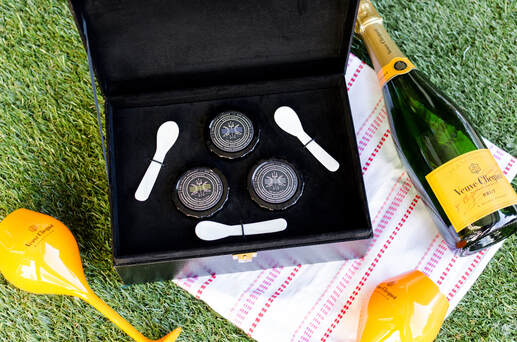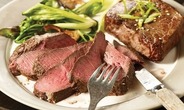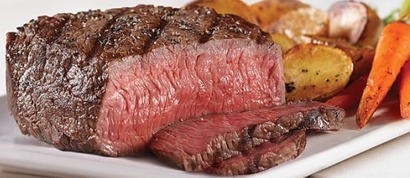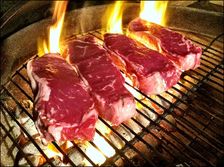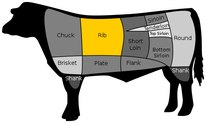This post and/or page contains affiliate links, at no additional cost
to you I am compensated only if you purchase after clicking on the links.
to you I am compensated only if you purchase after clicking on the links.
|
"The Caviar Co. is an approachable luxury lifestyle brand that offers unsurpassed caviar collections with quality, integrity, and sustainability. As a SF-based, sister-founded company, The Caviar Co.’s 12 varieties of caviar and roe are Michelin star chef approved, celebrity loved, and adored by consumers across the country. The Caviar Co.’s consumers are elegant, reputable, and vibrant, love food, support brands that align with their values, and see caviar as an everyday indulgence. The Caviar Co.’s audience loves to entertain with caviar for everyday girl's nights, date nights, holiday celebrations, housewarmings, weddings, or special events, as well as gifts for loved ones, friends, colleagues, or family."
|
"The Delmonico Steak"
This post and/or page contains affiliate links, at no additional cost
to you I am compensated only if you purchase after clicking on the links.
to you I am compensated only if you purchase after clicking on the links.
ClassicShoppes.us
~Where Class & Distinction Meets~
~Where Class & Distinction Meets~
